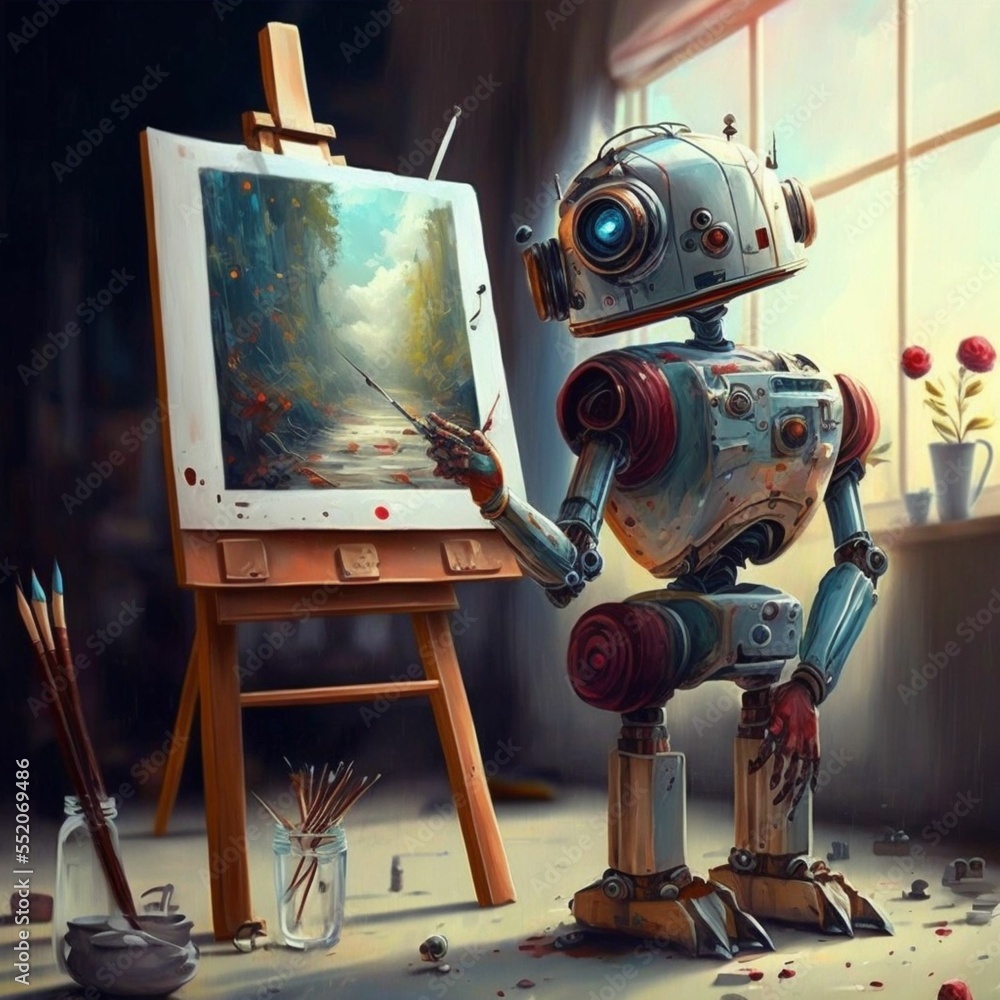Brushless Beauty: The Rise of Robot Painting
Robot painting, a cutting-edge blend of technology and beauty, has appeared as a captivating exploration into the possibilities of automated creativity. That innovative method requires the utilization of automatic systems equipped with various resources and calculations to generate visible artwork on canvases and other surfaces. As engineering remains to advance, musicians and technicians are forcing the boundaries of what these technical artisans can perform, offering a view in to a future wherever robots subscribe to the kingdom of artistic expression.
At its core, software painting introduces a distinctive vibrant to the artistic process. These robotic programs, often led by superior formulas and programming, bring a level of accuracy and uniformity to the fabric that is both intriguing and novel. The ensuing artworks reveal not merely the complex power of the models but in addition the collaborative interaction between individual creativity and artificial intelligence.
One of many distinguishing features of robot painting is its power to easily blend the digital and bodily realms. Musicians may turn delicate electronic models into concrete paintings through the robotic arm’s specific movements and controlled request of paint. This connecting of worlds starts up new opportunities for creative analysis, letting creators to investigate complicated styles, elaborate details, and vibrant compositions that might be difficult to reach manually.
Robot painters aren’t limited to an individual type or technique. Their usefulness permits them to adapt to various imaginative types, from abstract expressionism to realism. The flexibleness of these machines empowers musicians to experiment with unconventional techniques and force the limits of old-fashioned imaginative norms, fostering an expression of exploration and advancement within the creative process.
Beyond their technical capabilities, software painters concern old-fashioned notions of authorship and creativity. The collaborative nature of human-robot imaginative endeavors prompts contemplation about the role of automation in the creative landscape. Questions happen regarding the type of creativity, intentionality, and the emotional resonance embedded in artworks when crafted by non-human entities.
Robot painting also intersects with discussions about the democratization of art. As these devices be more accessible and user-friendly, they have the potential to empower folks who may possibly not need old-fashioned creative education to engage in the innovative process. The integration of robotics in to art galleries and instructional controls could foster an even more inclusive and varied artistic neighborhood, transcending old-fashioned barriers.
Authorities and lovers likewise think the influence of software painting on the art market. May robot-generated artworks maintain exactly the same cultural and financial price as those robot painting by human arms? As these parts obtain acceptance and approval, the dynamics of the art world may possibly undergo transformation, prompting a reevaluation of how exactly we comprehend, price, and gather creative creations.

In conclusion, software painting stands at the junction of scientific invention and artistic exploration. It shows a intriguing section in the growing plot of human-robot effort, supplying a glimpse in to a future where in actuality the lines between human and equipment creativity blur. As artists continue to test out and refine these automatic methods, the imaginative landscape probably will watch a profound development, complicated preconceived notions and impressive new types of creative expression.